Why Every Quilter Should Own A Seam Ripper
Every quilter knows that the journey of creating a beautiful quilt can be a winding road filled with surprises—some delightful, and others, well, not so much. That’s where the seam ripper comes into play! Think of it as your trusty sidekick, ready to swoop in and save the day when things don’t go as planned. Whether you're a seasoned pro or just starting out, having a seam ripper on hand can transform your quilting experience from potentially frustrating to incredibly rewarding.
Imagine this: you’ve spent hours meticulously piecing together your quilt top, only to realize that you’ve sewn two blocks together incorrectly. Panic sets in, and you might think, “Oh no, all that work for nothing!” But wait! With a seam ripper, you can effortlessly undo that mistake, saving your precious fabric and sanity. It’s like having a magic wand that can fix your sewing blunders in a snap. This simple tool allows you to correct errors without damaging your fabric, ensuring that your hard work remains intact.
Moreover, seam rippers aren’t just for fixing mistakes; they can enhance your overall quilting process. They enable you to experiment with different designs and techniques without the fear of permanent consequences. Want to try a new block arrangement? Go for it! If it doesn’t work out, just reach for your seam ripper and make the necessary adjustments. The freedom to explore your creativity without fear of failure is one of the greatest benefits of having a seam ripper in your toolkit.
Let’s not forget about the time-saving aspect. In quilting, time is often of the essence. The quicker you can fix a mistake, the sooner you can get back to creating. A seam ripper allows you to quickly and efficiently unpick stitches, minimizing downtime and maximizing your quilting enjoyment. It’s like having a secret weapon that helps you keep your momentum going, so you can focus on what you love most—bringing your quilting visions to life.
In summary, a seam ripper is not just a tool; it’s an essential companion for every quilter. It empowers you to correct mistakes, encourages creativity, and saves you time—all while ensuring that your quilting journey remains enjoyable. So, if you don’t already own one, now is the perfect time to invest in this indispensable tool. Trust us, your future quilting projects will thank you!
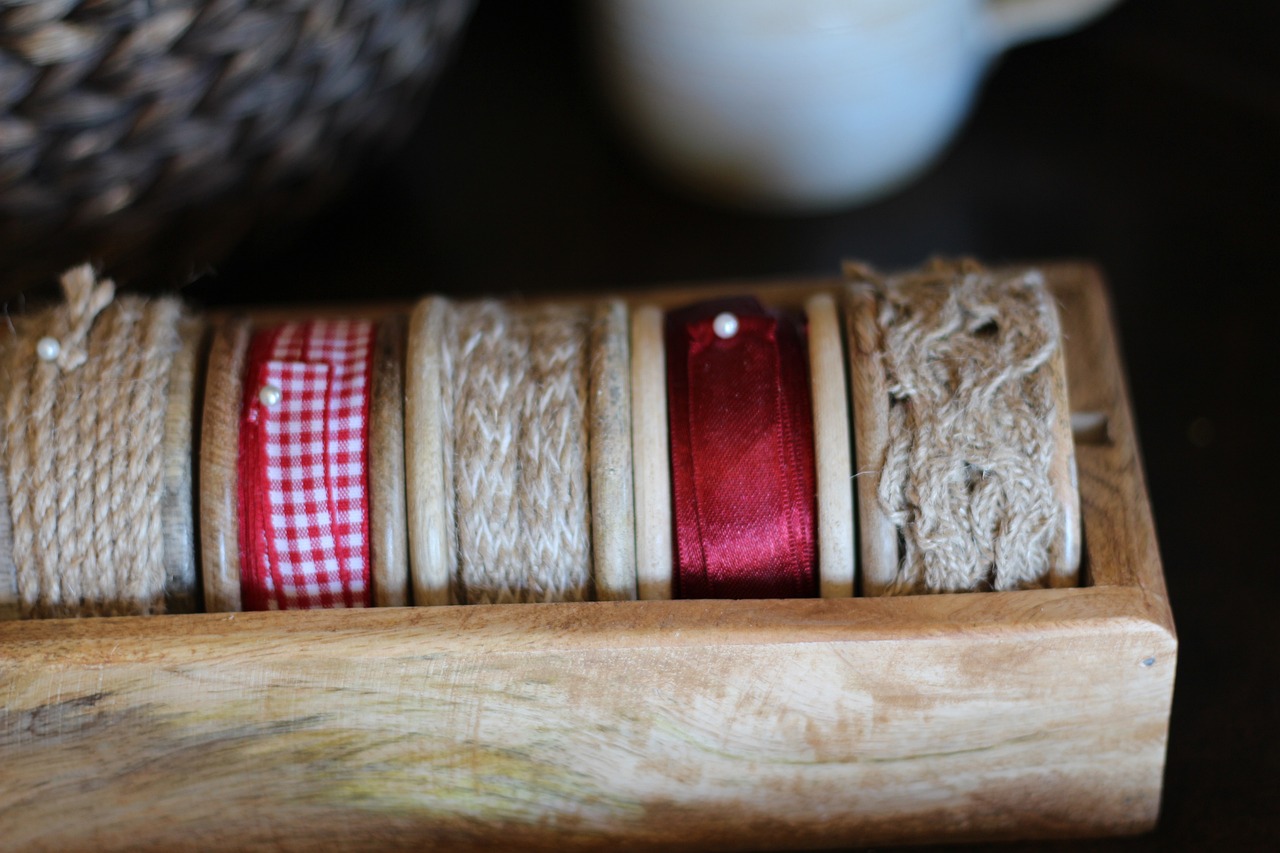
The Importance of Seam Rippers
Understanding why seam rippers are crucial for quilters can significantly enhance your sewing experience. Imagine this: you’ve spent hours stitching together a beautiful quilt, only to realize that you’ve made a mistake in the pattern. Frustrating, right? This is where the seam ripper comes to the rescue! It’s not just a tool; it’s your best friend in the quilting world. With a seam ripper, you can quickly and efficiently rectify mistakes, saving you from the headache of starting over.
Seam rippers are designed to make the process of removing stitches as smooth as possible. They feature a sharp blade that easily glides under the stitches, allowing you to cut them without damaging the fabric. The importance of having a reliable seam ripper cannot be overstated. A good seam ripper can be the difference between a beautifully finished quilt and a frustrating experience filled with errors. Just think of it as your safety net—providing you peace of mind as you sew.
Moreover, using a seam ripper can actually improve your quilting skills. By allowing you to fix mistakes easily, you can take more risks with your designs, knowing that you have a fail-safe at your disposal. It encourages creativity and experimentation, which are essential aspects of quilting. So, whether you’re a beginner or an experienced quilter, having a seam ripper in your toolkit is not just important; it’s essential!
Additionally, seam rippers come in various types and designs, each tailored to different needs. For instance, some seam rippers have ergonomic handles that provide better grip and comfort during extended use, while others may feature a more traditional design. Regardless of the type you choose, the key is to find one that feels comfortable in your hand and suits your quilting style. Here’s a quick comparison table to illustrate the different types:
| Type of Seam Ripper | Features | Best For |
|---|---|---|
| Standard Seam Ripper | Versatile, easy to use | General seam ripping |
| Ergonomic Seam Ripper | Comfortable grip, reduces hand fatigue | Extended quilting sessions |
| Double-Ended Seam Ripper | Two blades for different tasks | Versatile projects |
In conclusion, the significance of seam rippers in quilting cannot be overlooked. They not only help you correct errors but also empower you to explore new creative avenues without fear of making mistakes. So, the next time you sit down to quilt, make sure your trusty seam ripper is within arm's reach. You’ll be glad you did!
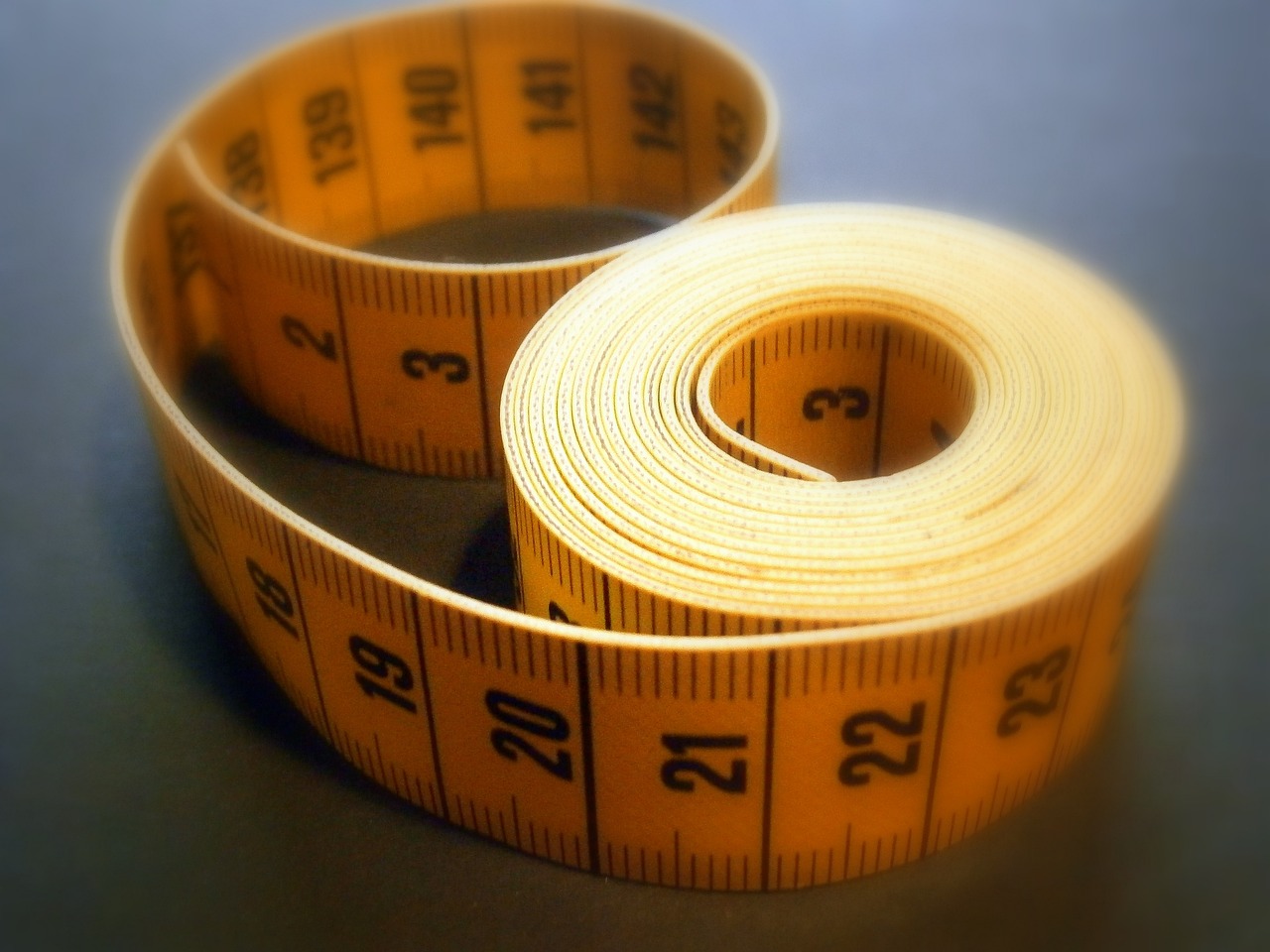
Choosing the Right Seam Ripper
When it comes to quilting, choosing the right seam ripper can feel a bit like finding a needle in a haystack. With so many options on the market, how do you know which one is the best fit for your quilting needs? The right seam ripper not only makes the process of correcting mistakes smoother but can also make your quilting experience more enjoyable overall. So, let's dive into the key factors you should consider when selecting a seam ripper.
First and foremost, think about the design and functionality of the seam ripper. Different designs cater to various sewing styles and preferences. For example, if you find yourself ripping seams frequently, an ergonomic seam ripper might be a wise choice. These tools are designed to fit comfortably in your hand, reducing strain and fatigue during prolonged use. On the other hand, if you're a beginner or only occasionally need to rip seams, a standard seam ripper will likely do the trick.
Next, consider the blade sharpness. A seam ripper with a sharp blade will glide through stitches like a hot knife through butter, minimizing the risk of fabric damage. Look for seam rippers that advertise high-quality, durable blades. Many brands offer models with replaceable blades, which can be a cost-effective option in the long run.
Another factor to keep in mind is the handle grip. A comfortable handle can make a significant difference, especially during those long sewing sessions. Some seam rippers come with soft, cushioned grips that provide added comfort and control. If you can, try holding a few different models to see which one feels best in your hand. Remember, a tool that feels good to use will make your quilting experience much more enjoyable.
Lastly, don't overlook the safety features. Some seam rippers come with protective covers or safety tips that can help prevent accidental injuries when the tool is not in use. This is particularly important if you have children or pets around. Always prioritize safety in your quilting toolkit!
To help you visualize your options, here's a quick comparison table of some popular seam ripper types:
| Type | Best For | Key Features |
|---|---|---|
| Standard Seam Ripper | General use | Basic design, easy to handle |
| Ergonomic Seam Ripper | Extended use | Cushioned grip, reduces hand fatigue |
| Electric Seam Ripper | Speed and efficiency | Battery-operated, quick seam removal |
In conclusion, the right seam ripper can make a world of difference in your quilting journey. By considering the design, blade sharpness, handle grip, and safety features, you can choose a seam ripper that not only meets your needs but also enhances your overall quilting experience. Remember, a well-chosen tool can turn frustrating moments into opportunities for creativity and growth in your quilting skills.
Q: How often should I replace my seam ripper?
A: It depends on usage. If you notice the blade is dull or the handle is uncomfortable, it may be time for a new one.
Q: Can I use a seam ripper on delicate fabrics?
A: Yes, but be extra cautious. Use a seam ripper with a sharp blade and avoid applying too much pressure to prevent damage.
Q: Are ergonomic seam rippers worth the investment?
A: Absolutely! If you quilt frequently, an ergonomic seam ripper can reduce hand fatigue and make the process more enjoyable.
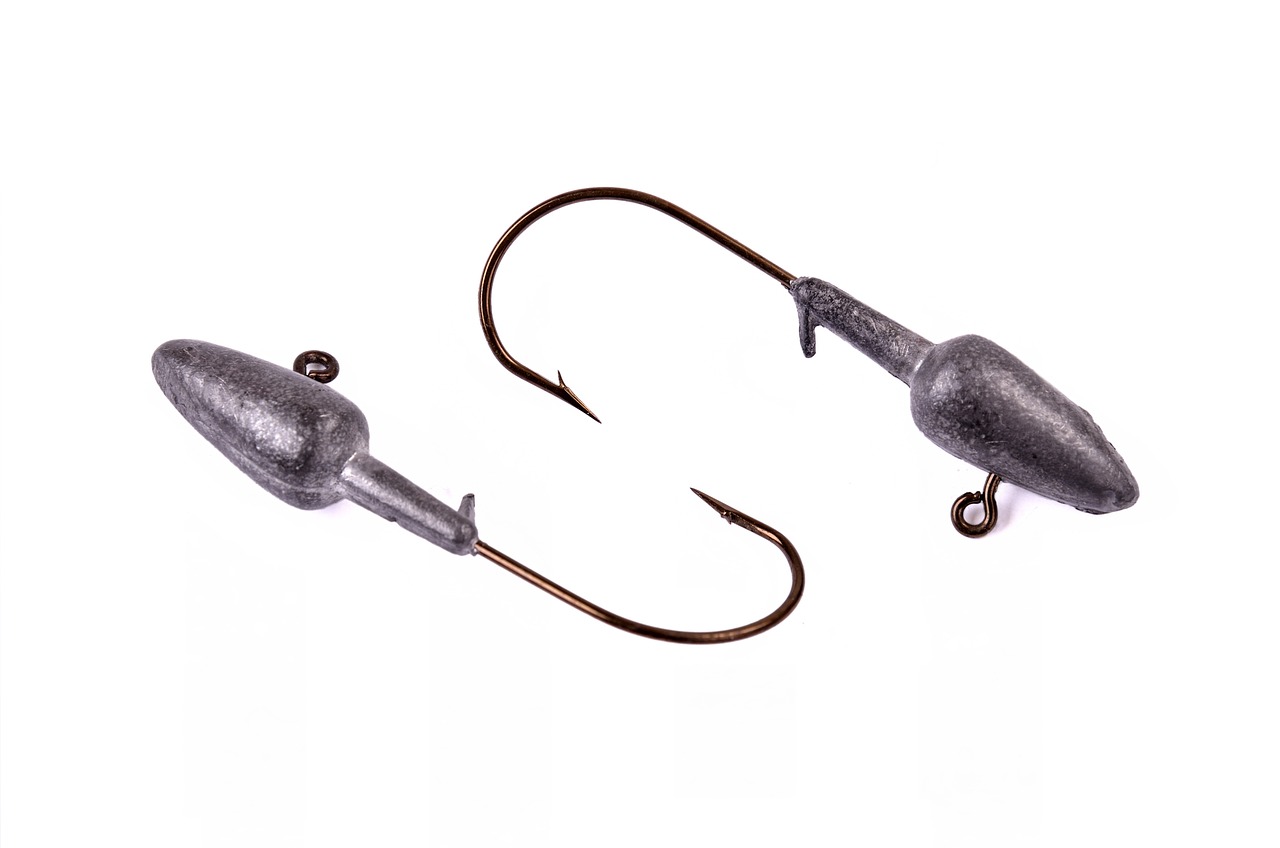
Types of Seam Rippers
When it comes to quilting, having the right tools at your disposal can make all the difference, and seam rippers are no exception. These handy little gadgets come in various designs, each tailored to meet different needs and preferences. Understanding the types of seam rippers available can empower you to choose the one that best suits your quilting style. Let's dive into the most common types of seam rippers and their specific uses.
The Standard Seam Ripper is perhaps the most recognizable type. This versatile tool features a sharp, pointed blade that easily slides under stitches, allowing you to cut them away with minimal effort. It’s perfect for general seam ripping tasks, making it an essential item for both beginners and seasoned quilters. The simplicity of its design makes it user-friendly, and it’s often the first choice for those just starting their quilting journey.
Next up is the Ergonomic Seam Ripper. If you've ever spent hours sewing, you know how fatigue can set in. Ergonomic seam rippers are designed with comfort in mind, featuring handles that fit naturally in your hand. This design helps to reduce strain on your fingers and wrist, which is a significant advantage during long quilting sessions. With an ergonomic seam ripper, you can say goodbye to discomfort and hello to more enjoyable quilting experiences.
Additionally, there are Specialty Seam Rippers that cater to specific tasks. For instance, some models include a built-in thread cutter or a double-ended design that offers both a seam ripper and a cutting tool in one. These multifunctional tools can be incredibly convenient, especially if you like to keep your sewing kit compact and efficient. It's like having a Swiss Army knife for your quilting needs!
To summarize, here are the main types of seam rippers you might consider:
- Standard Seam Ripper - Great for general use.
- Ergonomic Seam Ripper - Designed for comfort during prolonged use.
- Specialty Seam Rippers - Offer additional features for specific tasks.
Choosing the right seam ripper can enhance your quilting experience significantly. Whether you opt for the classic standard model or indulge in an ergonomic design, having the right tools at your disposal can turn a frustrating sewing mishap into a quick fix, allowing you to get back to what you love most—creating beautiful quilts.

Standard Seam Ripper
The is a quintessential tool that every quilter should have in their arsenal. Think of it as your trusty sidekick in the world of fabric and thread. This tool is designed specifically for the purpose of removing stitches, and it does so with remarkable efficiency. Whether you're a novice just starting your quilting journey or a seasoned pro tackling intricate designs, the standard seam ripper is versatile enough to meet your needs.
One of the most appealing aspects of the standard seam ripper is its simple yet effective design. It typically features a sharp blade that can easily slip beneath stitches, allowing you to cut them without damaging the fabric underneath. The pointed end of the ripper is perfect for getting into tight spaces, making it easier to tackle those tricky seams that seem impossible to reach. Plus, the handle is usually ergonomically shaped, providing a comfortable grip that allows for extended use without straining your hand.
When using a standard seam ripper, you’ll find that it’s not just a tool; it’s a lifesaver. Imagine working for hours on a quilt, only to realize that you’ve sewn two pieces together incorrectly. Instead of panicking, you can simply grab your seam ripper and get to work. The satisfaction of watching those stitches unravel with ease is unparalleled. It’s like having a magic wand that can erase your mistakes in seconds, allowing you to keep your creative flow intact.
Moreover, the standard seam ripper is not just about functionality; it also comes in various styles and colors, adding a bit of personality to your sewing kit. Some even have decorative handles, making them a joy to use. With so many options available, you can choose a seam ripper that not only performs well but also reflects your unique style.
In conclusion, the standard seam ripper is more than just a tool; it’s an essential companion that enhances your quilting experience. With its ease of use, efficiency, and stylish designs, it’s clear why every quilter should own one. So, if you haven’t added a standard seam ripper to your sewing toolkit yet, now is the perfect time to do so. You’ll be amazed at how much smoother your quilting projects will go when you have this trusty tool by your side!
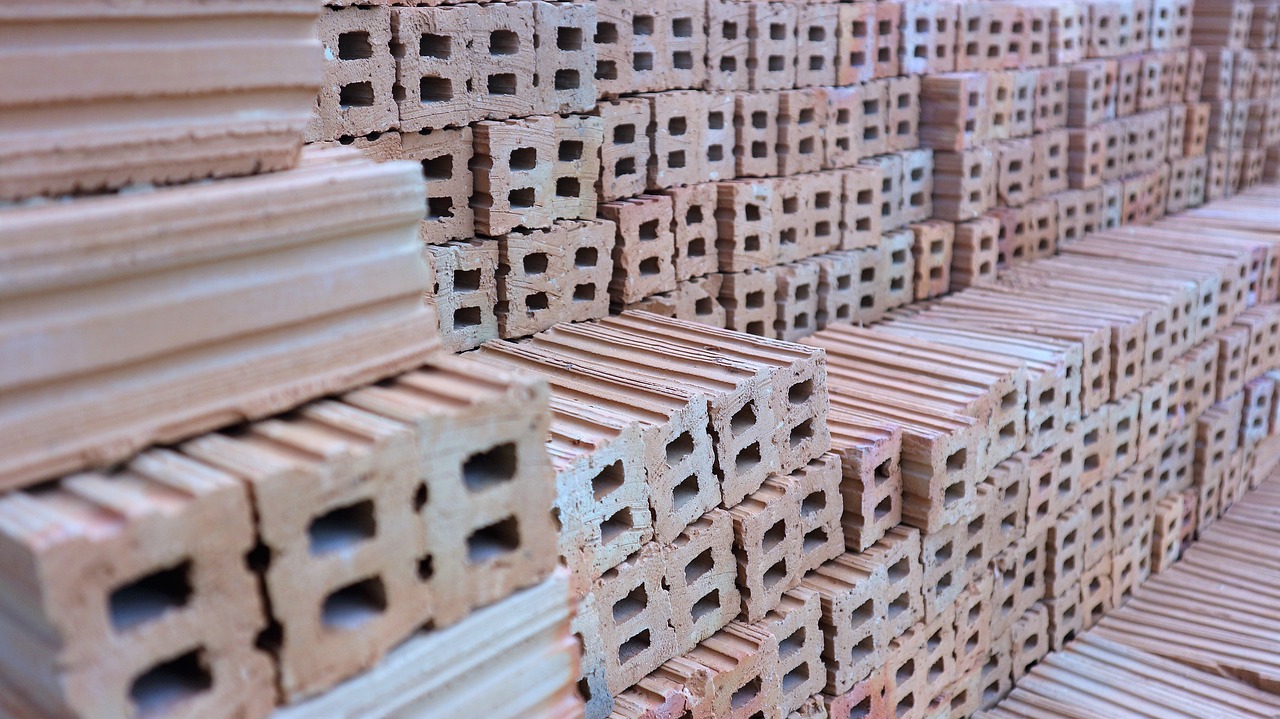
Ergonomic Seam Ripper
When it comes to quilting, comfort is key. Enter the , a game-changer for quilters who spend long hours perfecting their craft. Unlike standard seam rippers, ergonomic models are designed with the user in mind, featuring grips and shapes that reduce strain on your hands and wrists. Imagine working on a beautiful quilt for hours and suddenly feeling that familiar twinge of discomfort in your fingers. With an ergonomic seam ripper, you can say goodbye to that pain and hello to a more enjoyable sewing experience.
These specially designed tools often come with a contoured handle that fits comfortably in your hand, allowing for a natural grip that minimizes fatigue. Many quilters find that using an ergonomic seam ripper not only makes seam ripping easier but also enhances their overall efficiency. After all, when you're not struggling with discomfort, you can focus more on your creativity and less on your aching hands.
Another fantastic feature of ergonomic seam rippers is the blade design. These rippers often have sharper and more precise blades that allow for cleaner cuts, making the task of removing stitches quicker and less stressful on your fabric. In addition to comfort and efficiency, many ergonomic seam rippers are equipped with safety features that protect both you and your fabric. For instance, some models come with a protective cap that shields the blade when not in use, preventing accidental cuts.
In summary, if you’re serious about quilting and want to enhance your experience, investing in an ergonomic seam ripper is a smart choice. Not only does it provide a comfortable grip and efficient cutting, but it also helps you maintain your focus on creating beautiful quilts without the distraction of discomfort. So, the next time you find yourself in the sewing aisle, consider picking up an ergonomic seam ripper. Your hands will thank you!
- What is an ergonomic seam ripper?
An ergonomic seam ripper is a specially designed tool that features a comfortable grip and blade placement to reduce hand fatigue during use.
- How does an ergonomic seam ripper differ from a standard seam ripper?
While both tools serve the same purpose, ergonomic seam rippers are designed with user comfort in mind, often featuring contoured handles and sharper blades.
- Can using an ergonomic seam ripper improve my quilting experience?
Yes! By minimizing discomfort and allowing for more precise cuts, ergonomic seam rippers can enhance your overall quilting experience.
- Are ergonomic seam rippers more expensive than standard ones?
Generally, ergonomic seam rippers can be slightly more expensive, but the investment is worthwhile for the comfort and efficiency they provide.

Features to Look For
When it comes to selecting the perfect seam ripper, there are several key features that can greatly enhance your quilting experience. A good seam ripper is not just a simple tool; it’s an investment in your craft that can save you time and frustration. First and foremost, blade sharpness is crucial. A sharp blade will glide through stitches effortlessly, reducing the risk of snagging your fabric. Imagine trying to cut through butter with a dull knife—frustrating, right? The same principle applies here.
Another important feature to consider is the handle grip. A comfortable, ergonomic handle can make a world of difference, especially during long quilting sessions. If your seam ripper isn’t comfortable to hold, you may find yourself feeling fatigued or even developing hand cramps. Look for a seam ripper that has a soft grip or a contoured design that fits snugly in your hand. This attention to comfort can transform your quilting experience from a chore into a joy.
Additionally, safety features should not be overlooked. Some seam rippers come with protective caps or retractable blades, which are excellent for preventing accidental cuts when the tool is not in use. This is especially important if you have children or pets around. After all, safety should always be a priority in any sewing environment.
To help you make an informed decision, here’s a quick comparison table highlighting the essential features to look for:
| Feature | Importance |
|---|---|
| Blade Sharpness | Ensures smooth cutting through stitches without damaging fabric. |
| Handle Grip | Provides comfort and reduces hand fatigue during extended use. |
| Safety Features | Prevents accidental cuts and injuries when the tool is not in use. |
In summary, when choosing a seam ripper, be sure to prioritize blade sharpness, handle comfort, and safety features. These elements not only enhance your efficiency but also contribute to a more enjoyable quilting experience. Remember, a well-chosen seam ripper can be your best friend in the world of quilting, turning potential mishaps into mere blips on your creative journey.
Q1: How often should I replace my seam ripper?
A1: You should replace your seam ripper when the blade becomes dull or if the handle starts to feel uncomfortable. Regular maintenance can prolong its life, but knowing when to replace it is key to maintaining efficiency.
Q2: Can I use a seam ripper for other sewing tasks?
A2: Absolutely! While seam rippers are primarily designed for removing stitches, they can also be used to open buttonholes or even as a quick tool for picking out threads in embroidery.
Q3: Are ergonomic seam rippers worth the investment?
A3: Yes, especially if you quilt frequently. Ergonomic designs can significantly reduce hand strain and make your sewing sessions more enjoyable.
Q4: What should I do if my seam ripper gets dull?
A4: You can sharpen the blade using a small sharpening tool or replace it altogether. A sharp blade is essential for effective seam ripping, so don’t hesitate to take action!

How to Use a Seam Ripper Effectively
Using a seam ripper may seem straightforward, but mastering the technique can truly transform your quilting experience. Imagine you're deep into a project, and suddenly, you realize that a seam is crooked or a stitch was missed. Instead of panicking, your trusty seam ripper comes to the rescue! To use it effectively, you need to understand the right technique and approach. Here’s how to do it right:
First, always ensure you have a clear view of the seam you want to rip. It’s best to work in a well-lit area, as good lighting will help you see the stitches better. Hold the seam ripper like a pencil, with a comfortable grip that allows for precision. The pointed end of the seam ripper is designed to slide under the stitches, so gently insert it at the base of the stitch you wish to remove.
Now, here's where the magic happens. Instead of yanking at the stitches, use a gentle sawing motion. This technique helps to cut the threads without putting too much stress on the fabric. If you’re working with multiple stitches, you can even use the rounded edge of the seam ripper to lift the threads as you go. It's almost like dancing with your fabric—smooth and graceful!
Another tip is to avoid rushing. Take your time to ensure that you’re not accidentally snagging the fabric. If you feel resistance, stop and reassess. Remember, patience is key! If you find yourself struggling, it may be helpful to use a pair of tweezers or your fingers to pull away the threads after you’ve cut them. This can help you maintain control and prevent any unintended damage to your fabric.
In addition to these techniques, here are a few common scenarios where a seam ripper shines:
- Removing Basting Stitches: If you’ve basted your quilt layers together, a seam ripper can quickly and efficiently remove those temporary stitches.
- Fixing Mistakes: Whether it’s a misplaced patch or an incorrect seam allowance, a seam ripper can help you correct errors without starting from scratch.
- Reworking Seams: If you decide to change the design or size of a quilt block, a seam ripper allows you to easily dismantle and reassemble your work.
Finally, always remember to keep your seam ripper clean and sharp. A dull blade can lead to frustration and potential fabric damage. Regularly inspect your tool and replace it if necessary. With these tips in mind, you’ll be well on your way to becoming a seam ripping pro, turning potential disasters into opportunities for creativity!
Q: Can I use a seam ripper on all types of fabric?
A: Generally, yes! However, be cautious with delicate fabrics like silk or chiffon, as they can snag easily. Always test on a scrap piece if you're unsure.
Q: How do I know when to replace my seam ripper?
A: If you notice that the blade is dull, or if it’s not cutting through threads smoothly, it’s time for a replacement. A sharp blade makes all the difference!
Q: Is there a specific technique for using a seam ripper on thick fabrics?
A: For thicker fabrics, it’s best to use a seam ripper with a longer blade. Take your time and apply gentle pressure to avoid damaging the fabric.
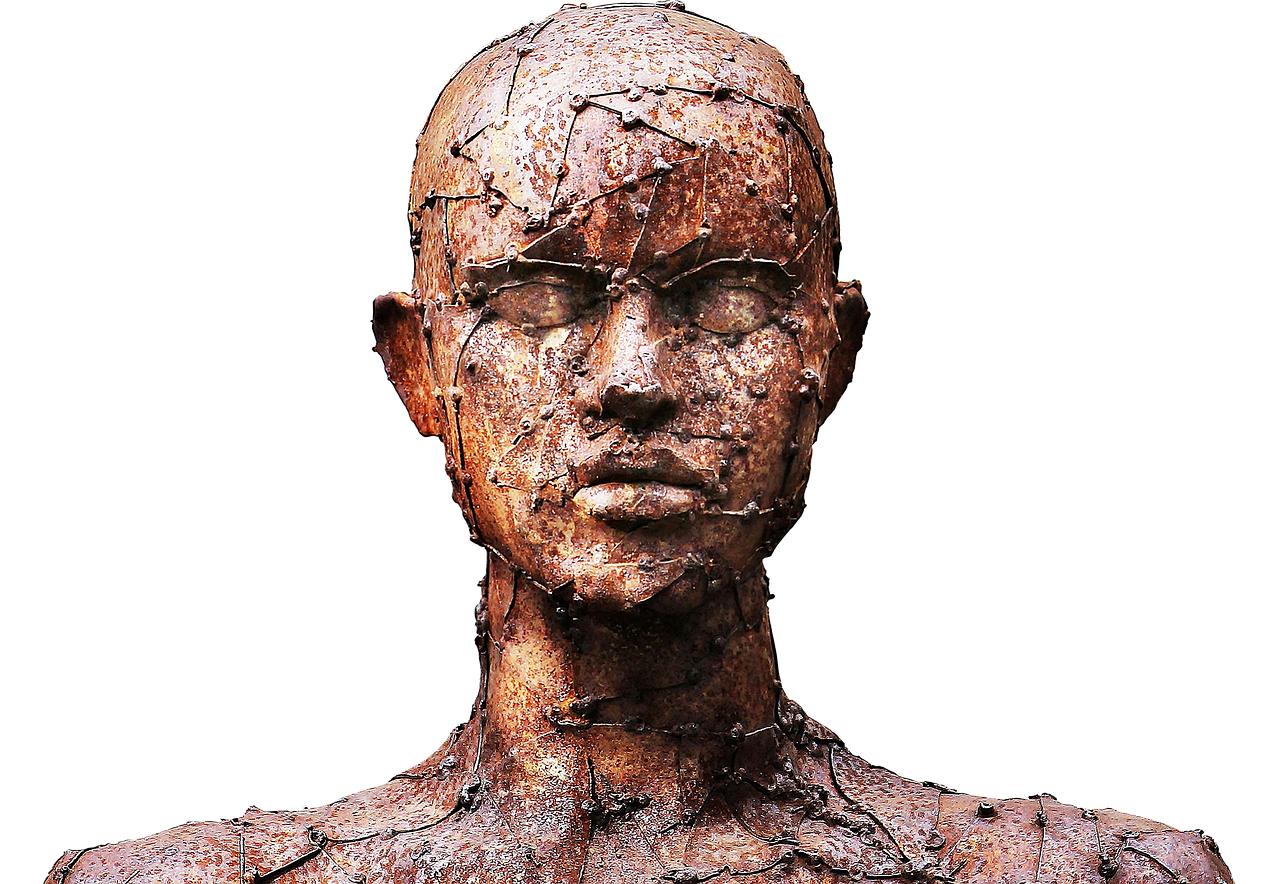
Basic Techniques
Mastering the basic techniques of using a seam ripper is crucial for every quilter, whether you're just starting out or have been sewing for years. The first step is to identify the stitches you need to remove. This might seem simple, but not all stitches are created equal. Some are tighter than others, and recognizing the difference can save you a lot of time and frustration.
Once you’ve pinpointed the stitches, hold your fabric securely. You can do this by placing it on a flat surface or even using a quilting mat to keep it stable. Now, gently insert the pointed tip of the seam ripper under the stitch you want to remove. It’s important to keep the blade parallel to the fabric to avoid any unwanted snags. This technique is not just about ripping; it’s about doing it with finesse!
Next, with a steady hand, lift the handle of the seam ripper to cut through the thread. You’ll want to use a smooth motion, almost like you’re gliding through butter. If the stitch is stubborn, don’t hesitate to wiggle the seam ripper a bit to loosen it up. Once you’ve cut through the stitch, simply pull the fabric apart gently to remove the loose threads. If you notice any remaining threads, go back in with your seam ripper to tidy things up.
Another effective technique involves using the seam ripper's blade to lift and cut multiple stitches at once. This can be particularly useful when dealing with long seams. Just be cautious not to apply too much pressure, as this can lead to accidental fabric damage. Instead, let the tool do the work for you. A gentle touch is often all that’s needed to achieve clean results.
Finally, practice makes perfect! The more you use your seam ripper, the more comfortable you’ll become with it. Don’t be afraid to experiment with different techniques. You might find that you develop your own methods that work best for your quilting style. Remember, quilting is not just about the end result; it’s about enjoying the journey, and mastering your seam ripper is a big part of that!
- What is a seam ripper used for? A seam ripper is primarily used to remove stitches from fabric, allowing quilters to correct mistakes or adjust seams as needed.
- Can I use a seam ripper on all types of fabric? Yes, seam rippers can be used on most fabrics, but you should be extra careful with delicate materials to avoid snags.
- How do I clean my seam ripper? Simply wipe the blade with a soft cloth to remove any thread debris. Avoid using water or harsh cleaners.
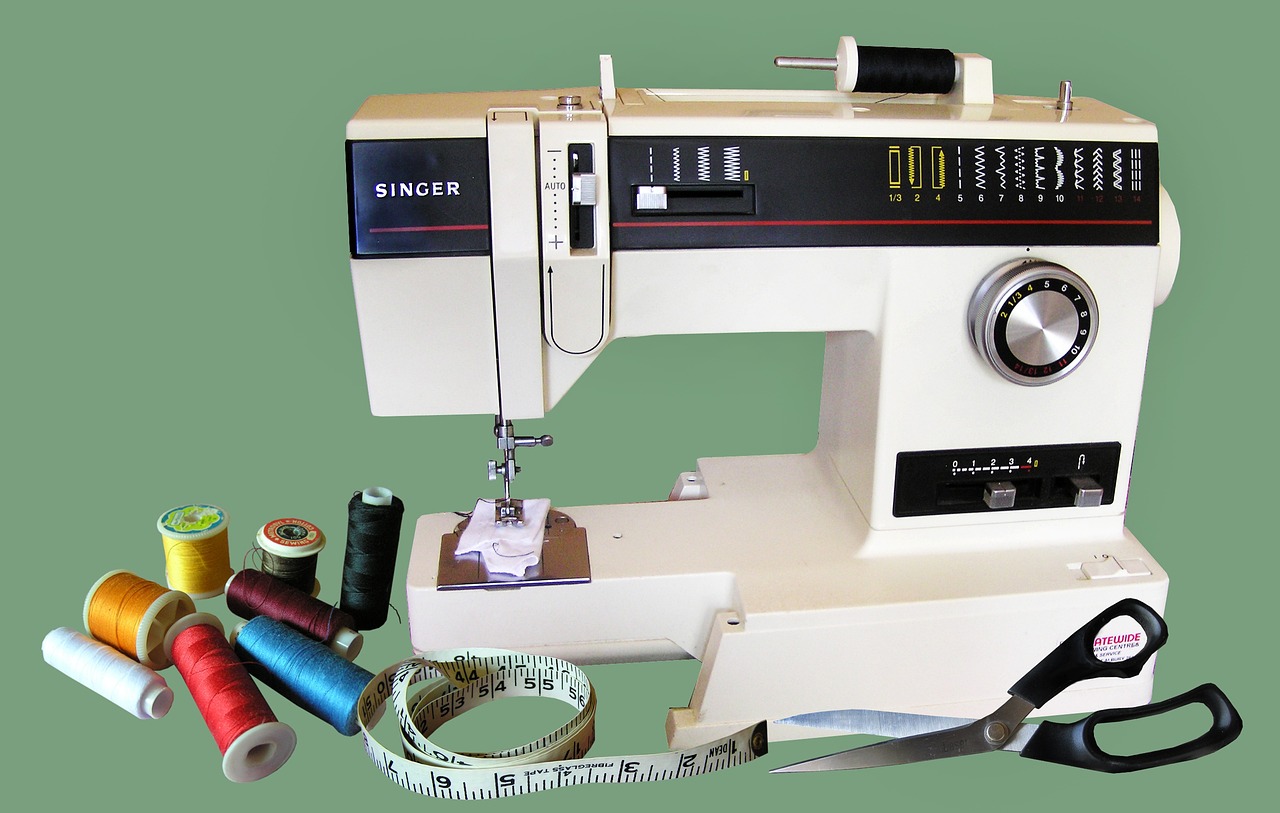
Avoiding Fabric Damage
When it comes to quilting, using a seam ripper can sometimes feel like walking a tightrope. You want to remove those pesky stitches without causing any harm to your beautiful fabric. After all, the last thing you want is to ruin a piece you've poured your heart and soul into. So, how can you navigate this delicate task and avoid fabric damage? Let’s dive into some essential tips that will help you master the art of seam ripping while keeping your fabric safe and sound.
First and foremost, choose the right seam ripper. A well-designed seam ripper can make all the difference. Opt for one that feels comfortable in your hand and has a sharp blade. A dull blade can tug at the fabric, increasing the risk of snags and tears. Consider investing in an ergonomic seam ripper, especially if you find yourself ripping seams frequently. These tools are designed for prolonged use and can significantly reduce hand fatigue, allowing you to focus on the task at hand.
Next, it’s crucial to pay attention to the angle at which you use your seam ripper. When you insert the blade, aim for a gentle angle that allows the blade to glide beneath the stitches without digging into the fabric. This technique minimizes the risk of creating unwanted holes or snags. Remember, it’s all about finesse! If you feel resistance, stop and reassess your approach rather than forcing the blade through.
Additionally, work in a well-lit area. Good lighting is your best friend when seam ripping. It helps you see the stitches clearly, allowing you to identify which ones need to be removed and which ones are safe to leave intact. You can even use a magnifying glass if you’re working with particularly fine or intricate fabrics. This extra visibility can save you from unnecessary mistakes and fabric damage.
Another effective technique is to use a pair of small scissors in conjunction with your seam ripper. If you encounter a stubborn stitch, you can snip it with the scissors first, making it easier for the seam ripper to glide through the remaining threads. This method is especially helpful when dealing with multiple layers of fabric or thicker materials that can be tough to rip apart.
Finally, always remember to practice on scrap fabric before tackling your main project. If you’re trying out a new seam ripping technique or using a different type of fabric, it’s wise to test your approach on a scrap piece first. This not only builds your confidence but also helps you fine-tune your technique without the fear of ruining your actual project.
In summary, avoiding fabric damage while using a seam ripper requires a combination of the right tools, techniques, and a little bit of practice. By being mindful of how you approach the task, you can enjoy the process of quilting without the stress of potential fabric mishaps. Happy quilting!
- What is a seam ripper used for? A seam ripper is primarily used to remove stitches from fabric, allowing you to correct mistakes or take apart seams.
- Can I use a seam ripper on all types of fabric? Yes, but be cautious with delicate fabrics. Always test on a scrap piece first to avoid damage.
- How do I maintain my seam ripper? Keep your seam ripper clean and sharpened. Store it in a safe place to prevent damage to the blade.
- What should I do if I accidentally damage my fabric? If you snag your fabric, assess the damage. Minor snags can often be fixed with careful stitching or patching.

Maintaining Your Seam Ripper
Just like any other tool in your quilting arsenal, your seam ripper deserves some love and care to ensure it stays sharp and effective. Neglecting maintenance can lead to a frustrating quilting experience, especially when you need your seam ripper the most. So, how do you keep this little powerhouse in top shape? Let’s dive into some essential maintenance tips that will prolong its lifespan and enhance its performance.
First off, it’s important to regularly check the sharpness of the blade. A dull blade can make seam ripping a tedious task, causing you to pull at the fabric rather than slice through stitches. To test the sharpness, gently run the blade along a scrap piece of fabric. If it doesn’t glide through easily, it might be time for a sharpening session. You can either use a specialized blade sharpener or, for those who prefer the DIY route, a piece of aluminum foil can work wonders. Simply fold the foil a few times and cut through it several times to restore some sharpness.
Next, let’s talk about cleaning your seam ripper. Over time, bits of thread and fabric can accumulate on the blade and handle, which can affect its performance. To clean it, take a soft cloth or an old toothbrush and gently brush away any debris. For a deeper clean, you can use a little bit of rubbing alcohol on a cotton pad to wipe down the blade. Just make sure to dry it thoroughly afterward to prevent any rusting, especially if your seam ripper has metal components.
Another crucial aspect of maintenance is to pay attention to the handle grip. If your seam ripper has a soft grip, it may accumulate oils from your hands, making it slippery over time. To keep it in good condition, occasionally wipe the handle with a damp cloth. If you notice any wear and tear, consider wrapping the handle with some grip tape or even a soft fabric to enhance your comfort during use.
Lastly, don’t forget about storage. How you store your seam ripper can greatly affect its longevity. Instead of tossing it into a drawer where it can get knocked around, consider keeping it in a dedicated case or a small pouch. This not only protects the blade from damage but also keeps it easily accessible when you need it. A simple sewing kit can be a great way to keep your seam ripper alongside other essential tools, ensuring you have everything you need at your fingertips.
In summary, maintaining your seam ripper involves regular checks on its sharpness, thorough cleaning, caring for the handle grip, and proper storage. By following these simple steps, you’ll ensure that your seam ripper remains a reliable companion in your quilting journey, ready to tackle any mistakes with ease and efficiency.
- How often should I clean my seam ripper? It’s a good idea to clean your seam ripper after every few uses, especially if you notice any buildup of thread or fabric.
- Can I sharpen my seam ripper at home? Yes, you can use aluminum foil or a specialized sharpener to maintain the sharpness of your seam ripper.
- What should I do if my seam ripper gets rusty? If you notice rust, gently scrub it with fine steel wool and then clean it with rubbing alcohol to prevent further rusting.
- Is it necessary to store my seam ripper in a case? While not absolutely necessary, storing your seam ripper in a case can protect it from damage and keep it easily accessible.
Frequently Asked Questions
- What is a seam ripper and why is it essential for quilting?
A seam ripper is a small, specialized tool designed to remove stitches from fabric. It is essential for quilters because it allows you to efficiently correct mistakes, saving time and frustration. With a seam ripper, you can easily undo seams without damaging your fabric, making it an indispensable part of any quilter's toolkit.
- How do I choose the right seam ripper for my needs?
Choosing the right seam ripper depends on your personal preferences and the type of quilting you do. Consider factors such as the handle's comfort, blade sharpness, and whether you prefer a standard or ergonomic design. Ergonomic seam rippers are great for extended use, while standard ones are versatile and easy to handle for beginners.
- What are the different types of seam rippers available?
There are several types of seam rippers, including standard seam rippers, ergonomic seam rippers, and those with additional features like safety covers. Each type serves a unique purpose, so it's important to choose one that fits your quilting style and comfort level.
- How can I use a seam ripper effectively?
To use a seam ripper effectively, hold it at a slight angle and gently slide the blade under the stitch you want to remove. Be careful not to apply too much pressure to avoid damaging the fabric. Practicing a steady hand will help you become more proficient in seam ripping without creating snags.
- What tips can help me avoid damaging my fabric while using a seam ripper?
To minimize the risk of fabric damage, use a seam ripper with a sharp blade, and take your time when removing stitches. Always work slowly and carefully, and consider using a small pair of scissors for stubborn threads. Additionally, practice on scrap fabric to hone your skills before tackling your main project.
- How do I maintain my seam ripper?
Maintaining your seam ripper involves regularly cleaning the blade to remove any fabric residue and sharpening it when necessary. Use a soft cloth to wipe the blade and store it in a protective case to prevent damage. Keeping it in good condition will ensure it lasts for years and remains effective.



















